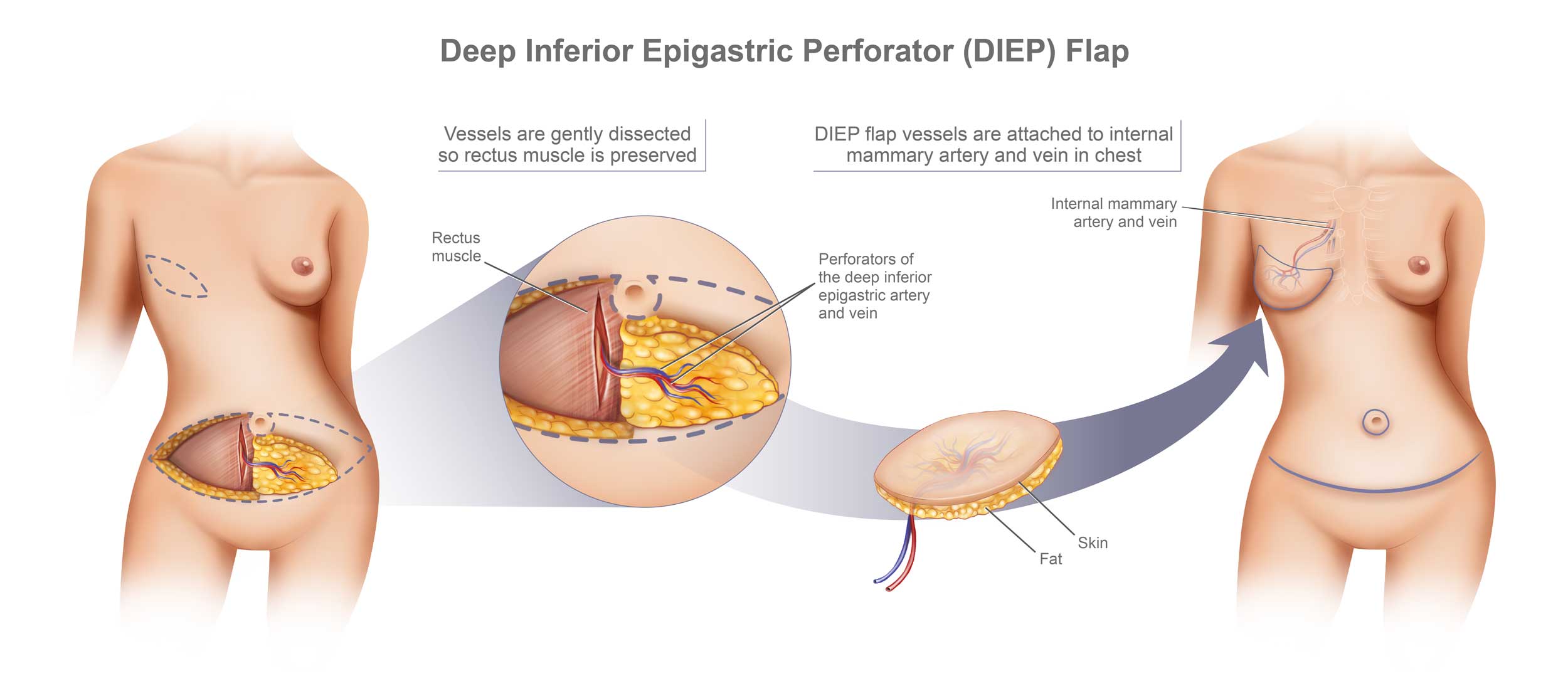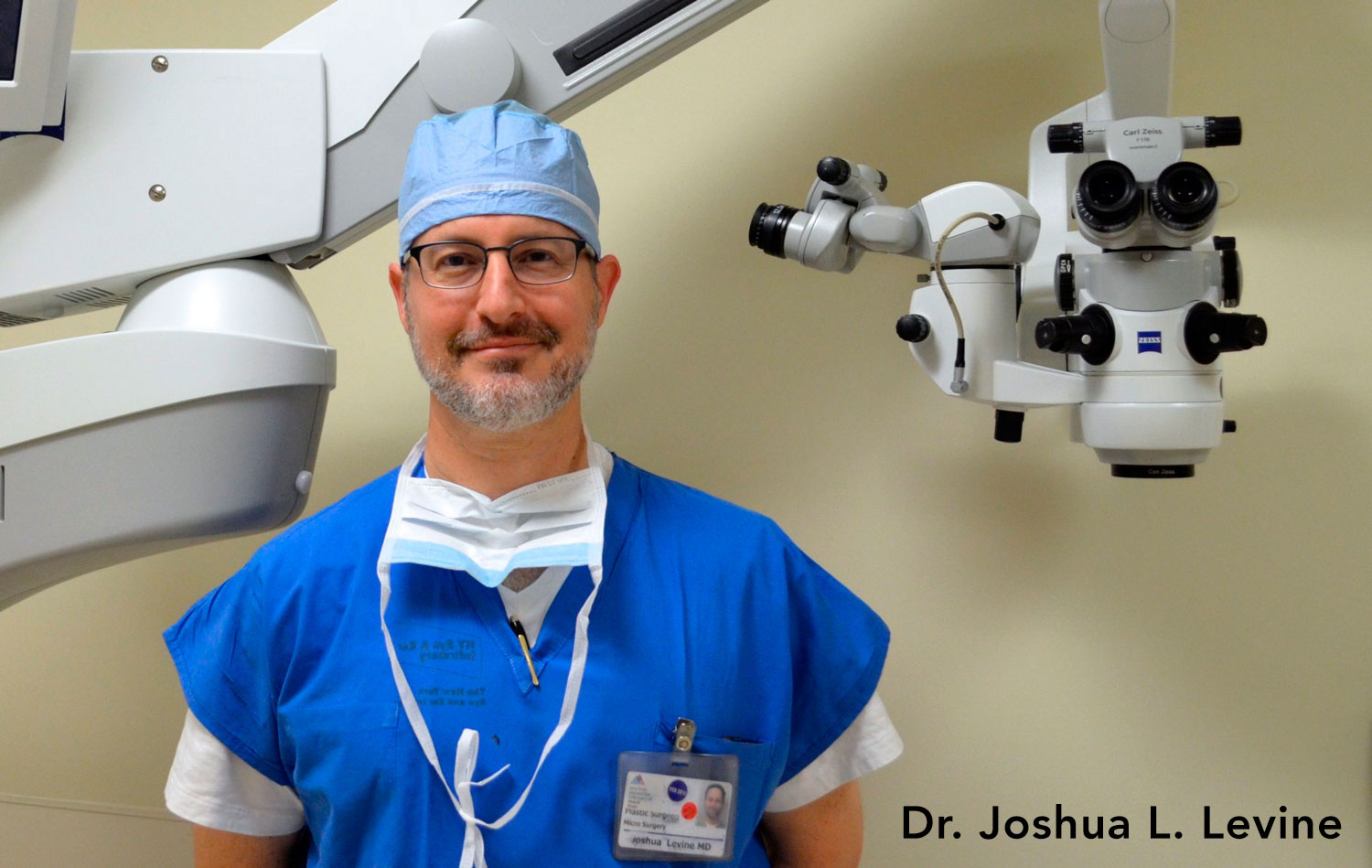Implant Failure Solutions
Exploring Fat Transfer Technique for Implant Replacement in Breast Reconstruction
Dr. Levine is a pioneer in natural tissue breast reconstruction, specializing in advanced perforator flap techniques.
Understanding the differences between the fat transfer technique and perforator flap breast reconstruction is crucial for patients exploring their breast reconstruction options. While the fat transfer technique is ideal for minor enhancements using liposuctioned fat, perforator flap methods like DIEP offer a comprehensive, permanent solution using transplanted tissue.
Understanding Perforator Flap vs. Fat Transfer Technique for Implant Replacement
When it comes to breast reconstruction, especially after implant failure, patients have several options to consider. Two of the most advanced and natural methods are the perforator flap and fat transfer techniques. These procedures offer unique benefits and are tailored to meet different patient needs. Understanding the differences between these techniques can help you make an informed decision about your reconstruction journey.
Key Differences Between Fat Transfer and Perforator Flap Reconstruction
The fat transfer technique involves using liposuctioned fat from the patient’s own body to enhance the breast, ideal for small to moderate volume increases with a less invasive procedure and shorter recovery time.
Perforator flap breast reconstruction, such as the DIEP flap, uses tissue from donor sites like the abdomen to create a new breast, offering a permanent solution with significant volume restoration and a natural look.
Fat transfer is best for minor augmentations and additional body contouring benefits, while perforator flap reconstruction suits patients needing extensive restoration after implant failure. Each method has distinct advantages, with the choice depending on individual needs and goals.
The Fat Transfer Technique for Implant Replacement
The fat transfer technique involves using the patient’s own fat to reconstruct the breast. This procedure is also known as autologous fat grafting.
Procedure Overview
- Harvesting Fat: Fat is harvested from areas such as the abdomen, thighs, or flanks using liposuction.
- Processing: The extracted fat is purified to remove any excess fluids and impurities.
- Injection: The purified fat is carefully injected into the breast area to achieve the desired shape and volume.
Benefits
- Natural Look and Feel: The use of the patient’s own fat provides a more natural appearance and texture compared to synthetic implants.
- Lower Risk of Complications: Since the fat is autologous, there is no risk of allergic reactions or implant-related issues such as rupture or capsular contracture.
- Improved Body Contour: The liposuction process can enhance the contour of the donor area, providing additional aesthetic benefits.
Ideal Candidates
- Patients needing small to moderate volume increases.
- Individuals looking for minor corrections or augmentations.
- Patients seeking a less invasive procedure with shorter recovery times.
Perforator Flap Breast Reconstruction
Perforator flap breast reconstruction is a more complex procedure that uses the patient’s own tissue to reconstruct the breast. The most common type of perforator flap is the DIEP (Deep Inferior Epigastric Perforator) flap.
Procedure Overview
- Tissue Harvesting: Skin and fat are taken from the donor site (commonly the abdomen) while preserving the muscles. The tissue includes blood vessels, which are critical for ensuring the transplanted tissue remains healthy.
- Transfer and Shaping: The harvested tissue is transplanted to the chest and shaped to form the new breast. The blood vessels are reconnected to ensure proper blood flow.
Benefits
- Permanent Solution: Unlike implants, which may need replacement over time, perforator flaps provide a one-time, permanent reconstruction.
- Natural Aesthetics: These techniques offer a natural breast shape and feel, often with better symmetry.
- No Foreign Bodies: Using the patient’s own tissue eliminates the complications associated with synthetic implants.
Ideal Candidates
- Patients requiring significant volume restoration.
- Individuals who have experienced implant failure.
- Patients seeking a permanent solution with natural results.
Perforator Flap Techniques: DIEP and Beyond
Dr. Levine is renowned for his expertise in perforator flap breast reconstruction techniques, particularly the DIEP flap. These advanced procedures offer a durable and aesthetically pleasing alternative to implants.

DIEP Flap Reconstruction
The DIEP (Deep Inferior Epigastric Perforator) flap procedure involves transferring skin and fat from the lower abdomen to the chest, while preserving the abdominal muscles. This sophisticated technique ensures a natural breast reconstruction with minimal impact on the donor site.
Stacked DIEP and 4-Flap Procedures
For patients requiring more volume, Dr. Levine performs stacked DIEP and 4-flap procedures. These involve using tissue from multiple areas to achieve the desired breast size and shape:
- Stacked DIEP: Stacked DIEP flap involves using a double layer of tissue from the lower abdomen (DIEP flap) to reconstruct the breast mound. Both the upper and lower layers of abdominal skin and fat are harvested and transferred to the chest to create a more substantial breast reconstruction. The blood supply to the tissue is maintained through multiple deep inferior epigastric perforator vessels.
- 4-Flap Procedure: When a bilateral breast reconstruction is done for a thin woman, four flaps may be recommended. This procedure uses tissue from multiple donor sites to create the breast mound. This would usually include one half of the abdomen (hemi-abdomen) PLUS another flap such as a PAP flap for each breast.
Patient Experiences with Dr. Levine
Many patients who come to Dr. Levine have faced multiple challenges with their breast implants, from pain to repeated failures. His expertise in perforator flap procedures has helped them reclaim their bodies and confidence.

“One of the most impactful choices of your breast reconstruction journey is finding the right surgeon for you. Dr. Levine is one of the top breast reconstruction surgeons in the world, having performed thousands of procedures on women of all body types. He’s not solely an expert surgeon, however. What sets Dr. Levine and his staff apart is the unprecedented care, compassion, and dedication that is there from your first call to our office, through every step of the process before and after the procedure.” – Carley B.
Conclusion & Relevant Links
The fat transfer technique for implant replacement is a revolutionary approach in the field of breast reconstruction.
Under the skilled hands of experts like Dr. Levine, this method, along with sophisticated procedures like DIEP, stacked DIEP, and 4-flap techniques, offers a permanent, natural, and aesthetically superior solution for women experiencing implant failure.
Choosing perforator flap breast reconstruction not only eliminates the risks associated with synthetic implants but also provides a sense of wholeness and confidence that is invaluable in the healing journey.
For those considering a change, exploring autologous breast reconstruction with a focus on natural techniques can be the transformative step toward a healthier, more natural you.
Dr. Levine’s Advanced Procedures
Dr. Levine, a leading DIEP flap breast reconstruction surgeon, has developed pioneering techniques in extension and stacked flap procedures, making all women candidates regardless of body type.
Patient Results Before & After Gallery
The photographs in this section are of actual patients of Dr. Joshua Levine. They have undergone various types of natural tissue breast reconstruction.
Breast Reconstruction Education Video Library
Our video library offers a comprehensive collection of educational videos on breast reconstruction. It includes detailed procedure narrations with medical illustrations and insightful lectures and talks by Dr. Levine.

